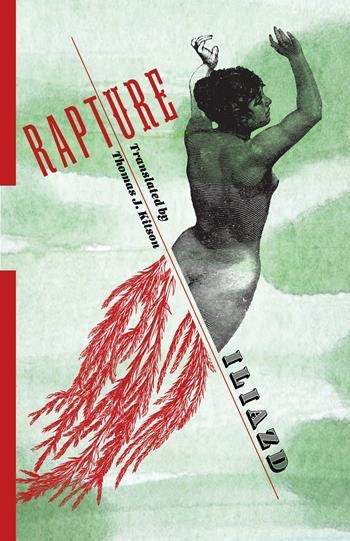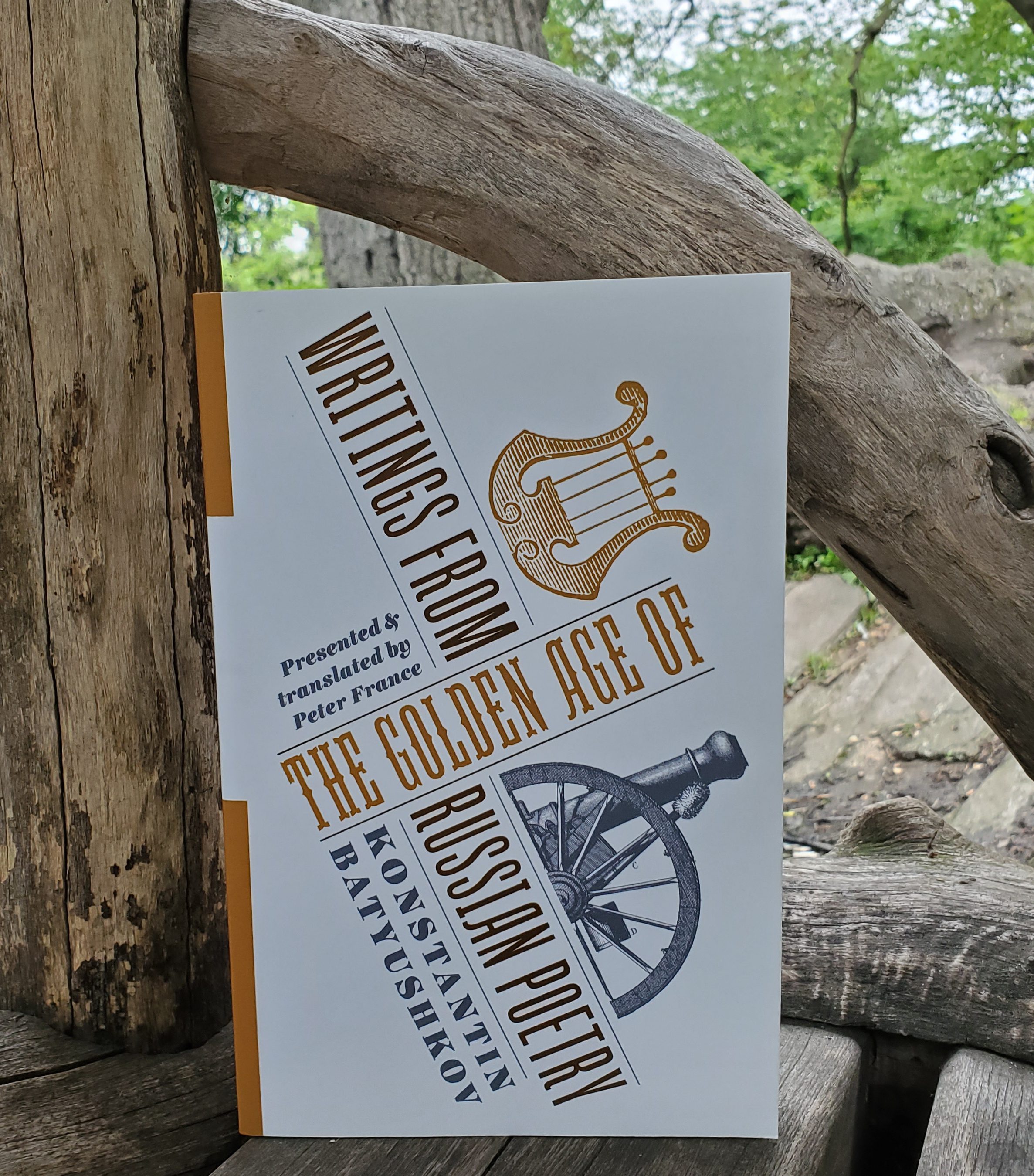Thursday Fiction Corner: Existentialism, the Russian Soul, and the Modern Metropolis

Ani Kodzhabasheva is a Ph.D. candidate at Columbia University.
“Only in Piter [St. Petersburg] may a man really know himself—whether he is a real human being, a half-human, or a swine. If he suffers here, he is a human being.” Vissarion Belinsky
It is hard to imagine a Parisian flaneur in St. Petersburg. This figure of the nineteenth-century urban explorer, popularized by the likes of Charles Baudelaire, Walter Benjamin, and the post-impressionists, embodied a new, detached way of being in the metropolis. The flaneur would drift through the crowds, keeping a low profile, and record small dramas of urban life such as a prostitute negotiating with a client, flirtations in private boxes at the opera, or the bodies of wretched folk pulled daily out of the Seine. Like a detective without a particular case, the flaneur would stroll down the tree-lined boulevards or sit in cafes, cool and alert, witnessing new social relations and the overall waning of affect.
Not so in Russia, judging by Alexei Remizov’s 1910 tale, Sisters of the Cross. In Remizov’s novel, a picture of life in turn-of-the-century St. Petersburg emerges through the eyes of a character much more like Alyosha Karamazov than Baudelaire’s painter of modern life. Marakulin, an unemployed clerk, finds a reason for living in being present for those around him and witnessing their suffering. An unfortunate turn of events leads Marakulin to leave his apartment and move into a cheaper room higher up in his apartment building. His window now faces a dreary hospital and a factory, and most of his neighbors are down-and-out women from various walks of life—an impoverished student, an abused servant, a haughty actress-to-be, and a selfless older woman who is the archetype of the “holy fool.” These figures drifting in and out of the tenement become Marakulin’s spiritual “sisters”—each one, like him, trying to find her path through difficult and precarious circumstances.
While Manet and his fellow flaneurs would record brief moments in the lives of women in the metropolis, such as the tedium of waiting in a café, Marakulin learns their life stories: each character is given her own arc. Marakulin is a deeply troubled man and his motives are not always pure, but more often than not he treats his “sisters” like Alyosha treats the disreputable Grushenka—with affection, sincerity, and reverence.
Something has long bothered me about The Brothers Karamazov. I read the book one dark fall in Berlin, when I myself was feeling detached and lost in a foreign metropolis. Alyosha’s moral imperative of humility, openness to others, and a radical lack of judgment moved me deeply. This is who I want to be in the world, I thought: someone who is in touch with a sense of wonder; who doesn’t feel the need to change or resolve anything, but is simply present, and in this way paradoxically has the power to transform himself and others. I wished that, like Alyosha, I could be open to hearing everyone’s story—the old hermit, the abusive father, the out-of-touch bourgeois lady, and the “fallen” woman. Alyosha’s curiosity and endless empathy struck me as a beautiful way to be in our complicated world.
But the thing is, Alyosha’s world, filled as it was with all manner of suffering, was not mine. Dostoyevsky’s tale of redemption is set in the proverbial small village in the Russian countryside. The characters speak of distant places such as Moscow and Paris, and some of them have sojourned there. But, if anything, these cities stand for what Alyosha is resisting. Ivan Karamazov, the urban intellectual, is the most confused of the three brothers; his grand political theories cannot liberate anyone, but only serve to drive him mad. Dostoyevsky never wrote the follow-up novels in which Alyosha was supposed to go out into the world. Who would he become once he left his monastery and the countryside? Was the novel not, in some ways, Dostoyevsky’s dream of moral and spiritual purity in an out-of-joint world? The book was mostly written in St. Petersburg, perhaps as an escape from the city in which the downbeat clerk Marakulin finds himself.
The Brothers Karamazov was for me one of those books that gives answers to the question Marakulin is troubled by: what is there is to keep oneself alive for? Still, I wondered if Alyosha’s ethical stance made sense for the modern age. I lived alone in a city of three million, moving often from one sparsely furnished room to another. I met dozens of people, some who I related to deeply and some who I have already forgotten. How much like Alyosha can one be, under these circumstances?
In Dostoyevsky’s novel, the dog Zhuchka’s gruesome death serves as the ultimate parable of needless suffering, cruelty, and the possibility of redemption: the boy who killed her is racked by remorse, but Alyosha grants him forgiveness and peace. A related episode occurs in Sisters of the Cross. A cat dies a protracted, painful death outside Marakulin’s apartment, and her tortured meows echoing in the courtyard cause an epiphany. Marakulin realizes that the cat’s suffering is shared by everyone in the world, and he discovers a reason for living: to “see, and hear, and feel” this suffering that he had long been oblivious to. His sense of extreme loneliness is lifted and his life, though in lesser circumstances, becomes fuller.
The formidable achievement of Remizov’s novel is that this is only the beginning of the story. Marakulin is a kind of saint for the modern world. He carries a cross around his neck and, even as he loses most of his possessions, he keeps a pilgrim’s belt from a monastery, “embroidered with a prayer.” Clearly he is a re-embodiment of a traditional figure from Russian literature. His torment leads him to a series of epiphanies, but after each one he faces further challenges and confusion. Sometimes his own thoughts seem to him like a “meaningless muddle.” He experiences desire, spite, envy, and even fantasies of retribution and violence in the manner of Raskolnikov in Crime and Punishment. Then reflection leads him to remorse, and he returns to his better angels.
Remizov’s modernist prose conveys disturbingly well the experience of being in Marakulin’s head: his obsessive recurring thoughts, his frenzy, but also the moments of peace when he is absorbed in his calligraphy or his “sisters”’ stories. The many subplots that follow the women’s lives save the book from the mise en abyme of existentialist novels, even as Remizov leads us through all shades of existential angst. He is one sufferer among many, pondering along with the book’s various supporting characters questions of life’s purpose and possible ways to save one’s soul. No absolute answers are found, but Marakulin’s openness to those around him gives him and the reader a few good options. Remizov’s urban ascetic stands as a counterpart to the Parisian flaneur. Marakulin is no Alyosha, but he challenges us to “see, and hear, and feel,” even in the crowded (post)industrial metropolis.
1 Quoted in Mark D. Steinberg, Petersburg Fin de Siecle (New Haven: Yale University Press, 2011), p. 10.
Remember to enter our book giveaway for a chance to win a free copy of Sisters of the Cross!








